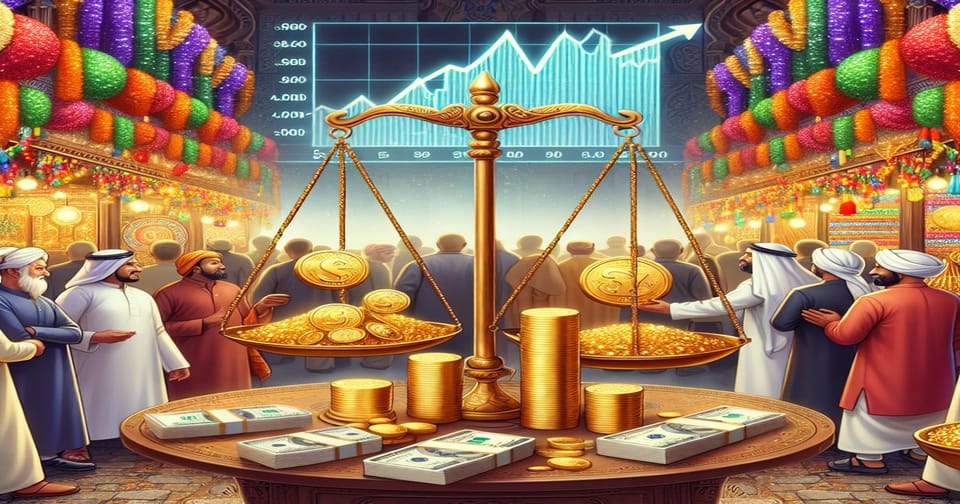Top 5 Myths About Gold Rate in India You Should Stop Believing

Top 5 Myths About Gold Rate in India You Should Stop Believing
Gold, often referred to as the ‘Yellow Metal’, has been a sought-after asset in Indian households for ages. It is not just a prized possession but also a solid investment tool. The Gold rate in India is subject to market dynamics, similar to any other commodity. Over time, several myths have emerged around the gold rate in India. This blog post aims to debunk the top 5 myths about the gold rate in India.
Myth 1: Gold Prices and Inflation Move in the Same Direction
One of the most common myths is that gold prices and inflation always move in the same direction. While it’s true that gold is often viewed as a hedge against inflation, it doesn’t mean they always move together.
- Gold prices are influenced by a variety of factors including demand and supply, geopolitical events, and market speculation.
- Inflation is typically driven by economic factors such as GDP growth rate, unemployment rate, and monetary policy.
Therefore, while there may be instances when the gold rate and inflation move in the same direction, it is not a guaranteed correlation.
Myth 2: Gold Rate in India is the Same Across All Cities
The gold rate in India is not uniform across the country. Instead, it varies from city to city based on factors like:
- Local taxes and levies
- Transportation costs
- Volume of trade in each city
So, do not be surprised if you find the gold rate in Mumbai differs from that in Chennai or Delhi.
Myth 3: Gold Rates and Stock Market Performance are Inversely Related
A common misconception is that when the stock market does well, gold rates fall and vice versa. However, this isn’t always the case.
- Both gold and stocks are influenced by a multitude of factors, and their prices don’t always move in opposite directions.
- There can be times when both stock markets and gold rates do well or both do poorly.
Myth 4: Gold Rates are Directly Related to the International Gold Rates
While international gold prices do impact the gold rate in India, there are other factors at play:
- Import duties: The Indian government imposes import duties on gold, which increases its price domestically.
- Exchange rates: The rate of the Indian Rupee against the US Dollar also impacts the gold rate in India.
- Demand and supply: Domestic demand and supply also play a significant role in determining the gold rate in India.
Myth 5: Investing in Gold is Always Safe
While gold is considered a safe haven investment, it is not immune to risks. Like any investment, the value of gold can also go down, leading to losses.
- Gold does not provide regular income like dividends from stocks or interest from bonds.
- Gold prices can be volatile and are influenced by numerous factors globally and domestically.
- Investment in physical gold also carries risks like storage and theft.
Hence, it’s crucial to have a diversified investment portfolio and not rely solely on gold.
In conclusion, it’s essential to understand the factors affecting the gold rate in India and not get swayed by these myths. An informed investor is a successful investor. So, keep yourself updated with accurate information and make wise investment decisions.


